
Our history
We have been at work for 100 years
The new Unification Body now recognised by law is regulated in harmony with the corporate system and governs the productive activities of our country.
Royal Decree 18 July 1930 No. 1107
1921 A small step for quality:
UNIM is born
UNIM, Ente Nazionale Italiano di Unificazione Meccanica (Italian National Mechanical Unification Body), was founded as a standardisation body by ANIMA Confindustria Meccanica (Confindustria Mechanics). The name was invented by Gabriele D’Annunzio by coining the neologism ‘unification’.
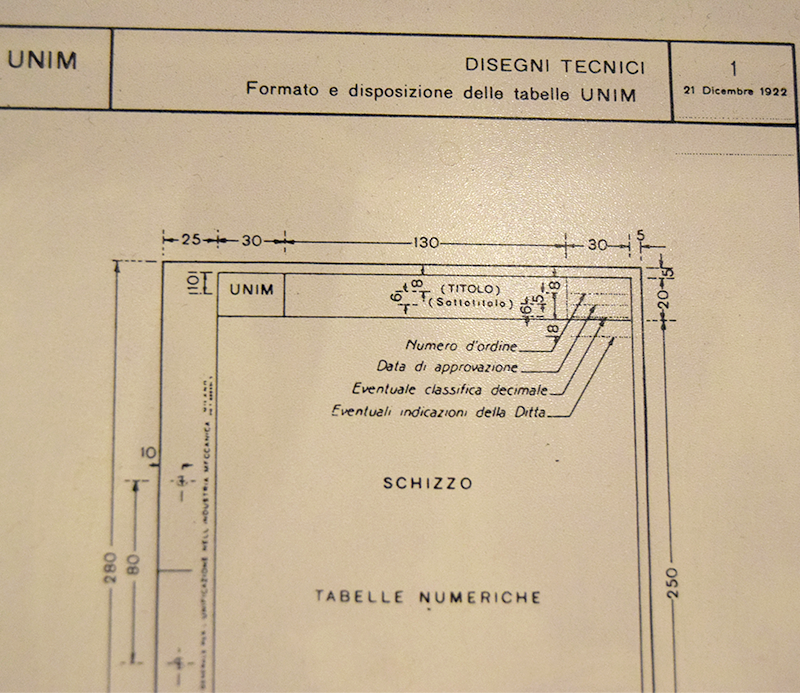
1922 The genesis of standardisation: UNIM publishes the first standard
As a first important act, UNIM developed a standard defining the layout of ‘UNIM tables’: the standards of the time.
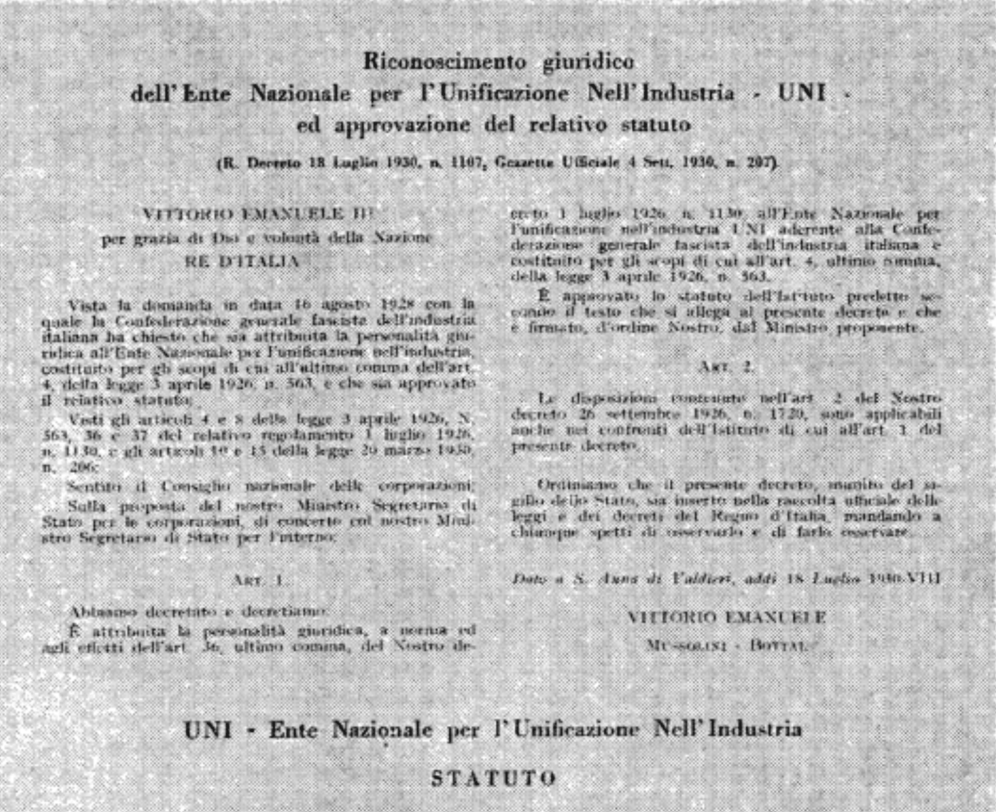
1928 There is no standard without Public Administration
With a decree, the use of UNIM standards becomes mandatory in Administrations: standardisation and Public Administration start to work together.
Created to respond to industry's need to establish 'unified types' to ensure interchangeability of parts, tools and machines, standardisation has over time adapted its role by extending its activity to the new needs of the market and society.
Piero Torretta, UNI President, 2012
1930 We do not live by mechanics alone:
UNIM becomes UNI
The dropping of the ‘M’ brings big changes: UNI becomes independent and begins to deal with every sector of production operating within the General Confederation of Italian Industry.
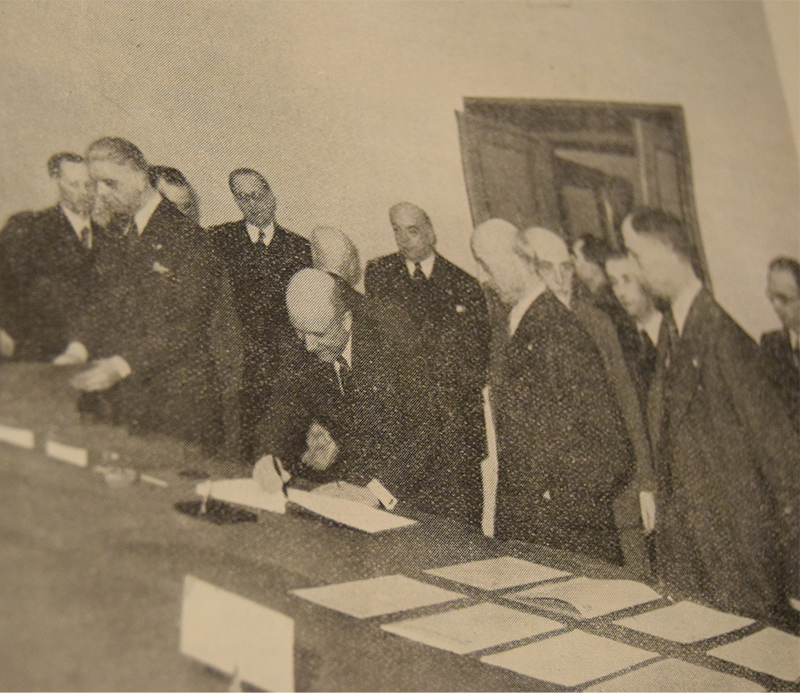
1940 UNI outside the borders: ISA
and the Italian Presidency
Italian standardisation emerged in the international context: UNI participated in the foundation of the ISA (today’s ISO) whose presidency in the three-year period 1939-1941 was entrusted to the Italian Giovanni Tofani.
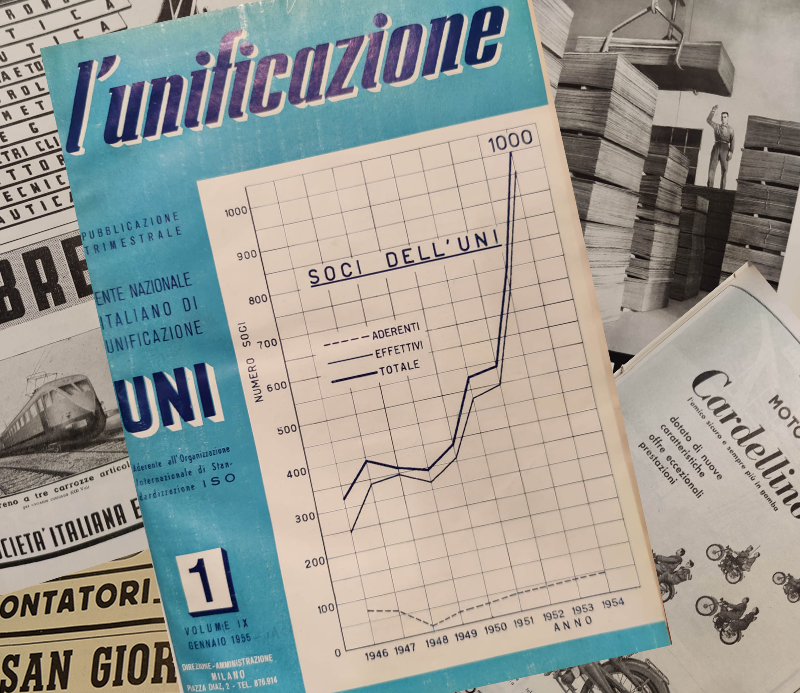
1954 Telling UNI: the U&C magazine
UNI’s first magazine, ‘Unificazione & Certificazione’, is published: the magazine allows readers to share insights, news and readings involving companies, institutions and the general public.
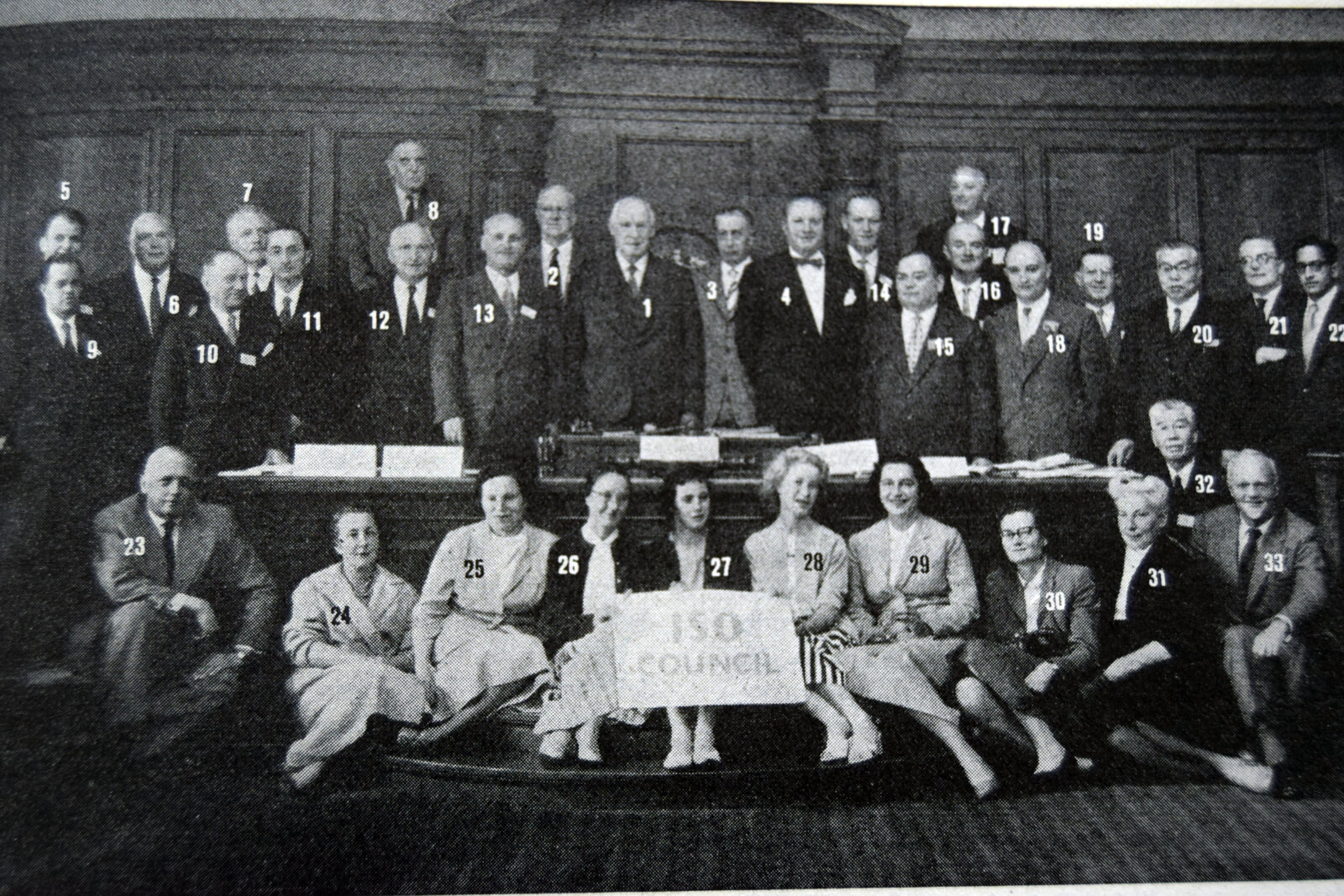
1955 The post-war period and a new beginning: the recognition of UNI
The war ended, the Republic was born and Italy moved towards the boom: UNI was officially recognised as a body of free association, independent of corporate logic.
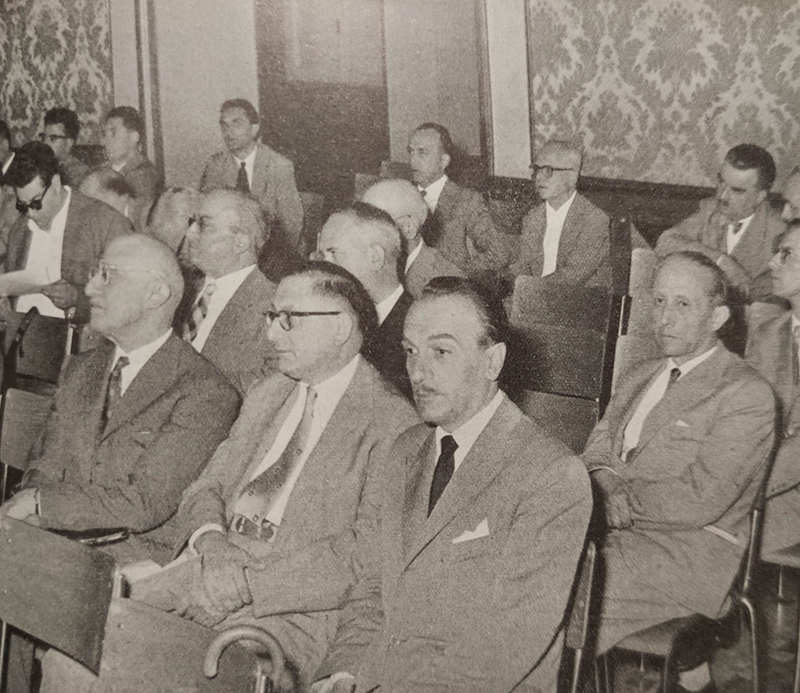
1957 The idea of the Federated Bodies
and the relationship with the CNR
There is a growing need to use a network of external organisations to develop standardisation in new areas: the idea of the Federated Bodies is born and UNI also starts to collaborate with the National Research Council.
Uni is increasingly committed to the development of new programmes determined by intensified international relations, technological evolution and the growing demands of technical and scientific progress.
Piero Giustiniani, UNI President, 1969
1962 UNI increasingly at the centre
and the birth of CEN
Standardisation is recognised by Confindustria as essential for development. In the meantime, CEN is born with the aim of promoting the free circulation in the new Europe of products with safety guarantees.
Uni is increasingly committed to the development of new programmes determined by intensified international relations, technological evolution and the growing demands of technical and scientific progress.
Piero Giustiniani, UNI President, 1969
1975 Energy efficiency
and protection of Italian production
Two new focuses for standardisation: on the one hand the energy crisis and standards for the efficient use of resources in buildings. On the other hand, the protection of typical products and the revitalisation of agricultural production.
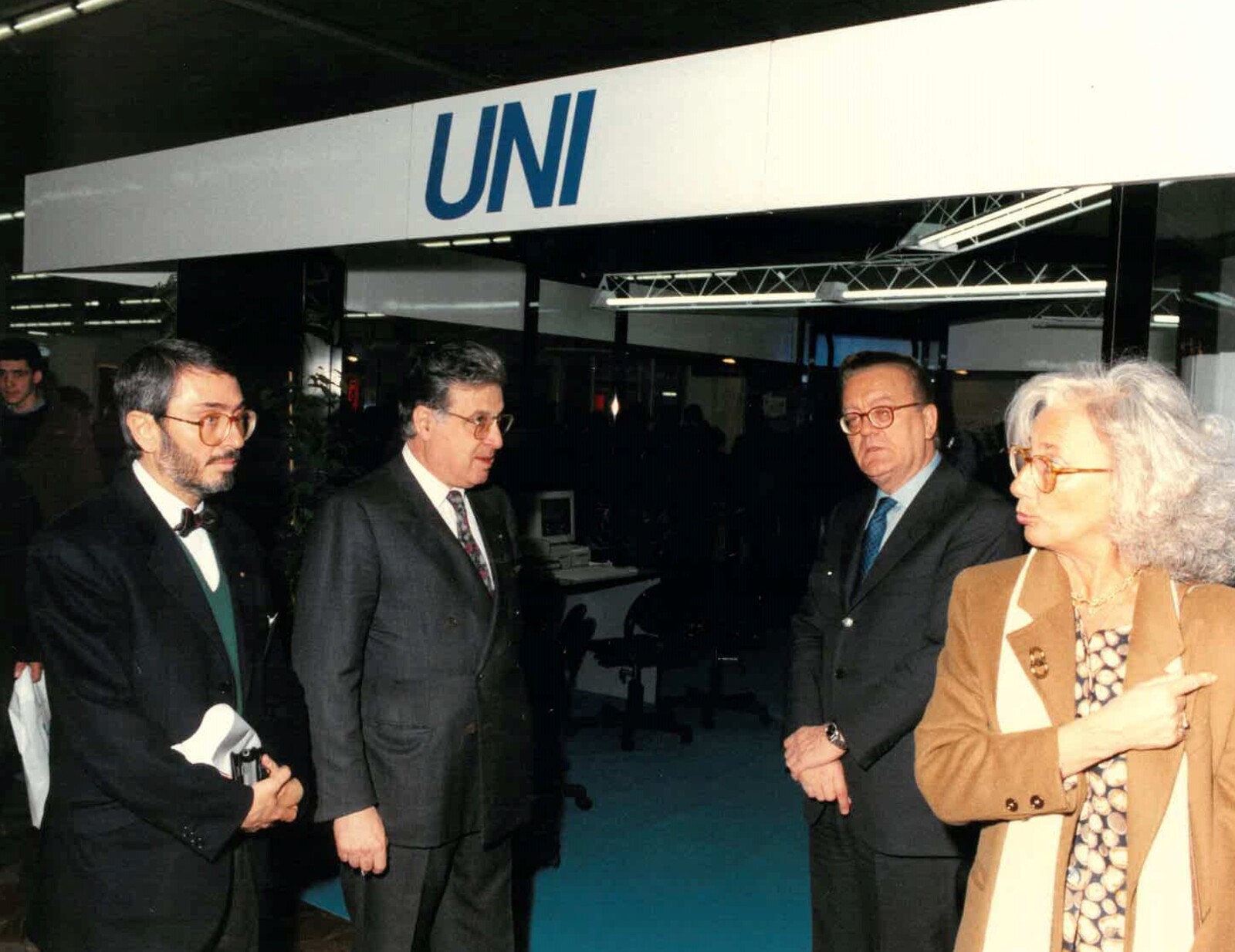
1983 A new recognition from Europe
In the 1980s UNI achieved an important milestone at European level: it was recognised as national standardisation Body by Directive 83/189/EEC and later by Law 317/86.

the 'New Approach' is born
The European Council Resolution of 7 May 1985 sets out the strategy for technical harmonisation and standardisation to promote the free movement of industrial products.
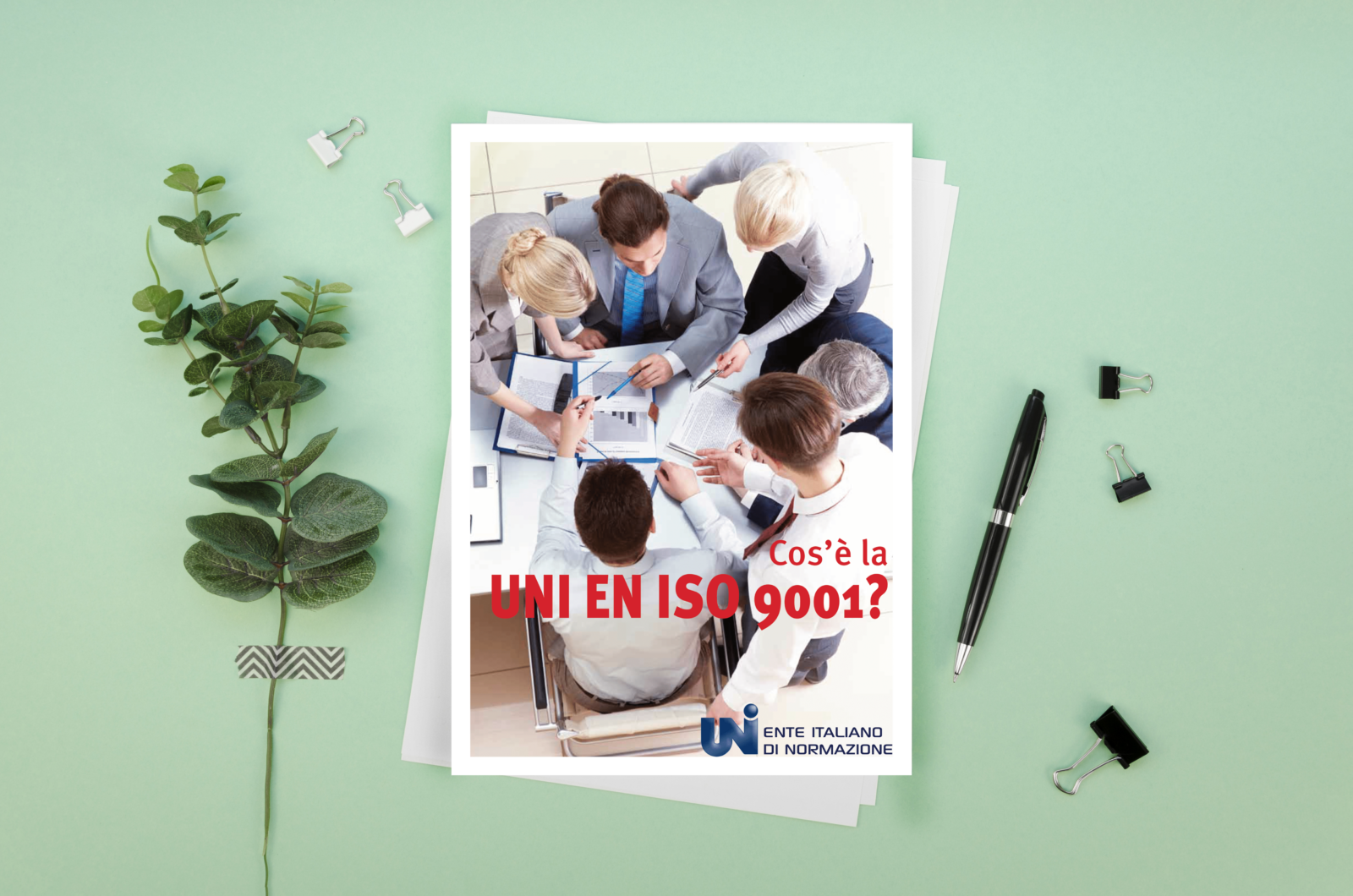
1987 ISO 9001 arrives
for all organisations
The ISO 9001, the standard containing guidelines on quality and management system optimisation for all companies, is published worldwide.
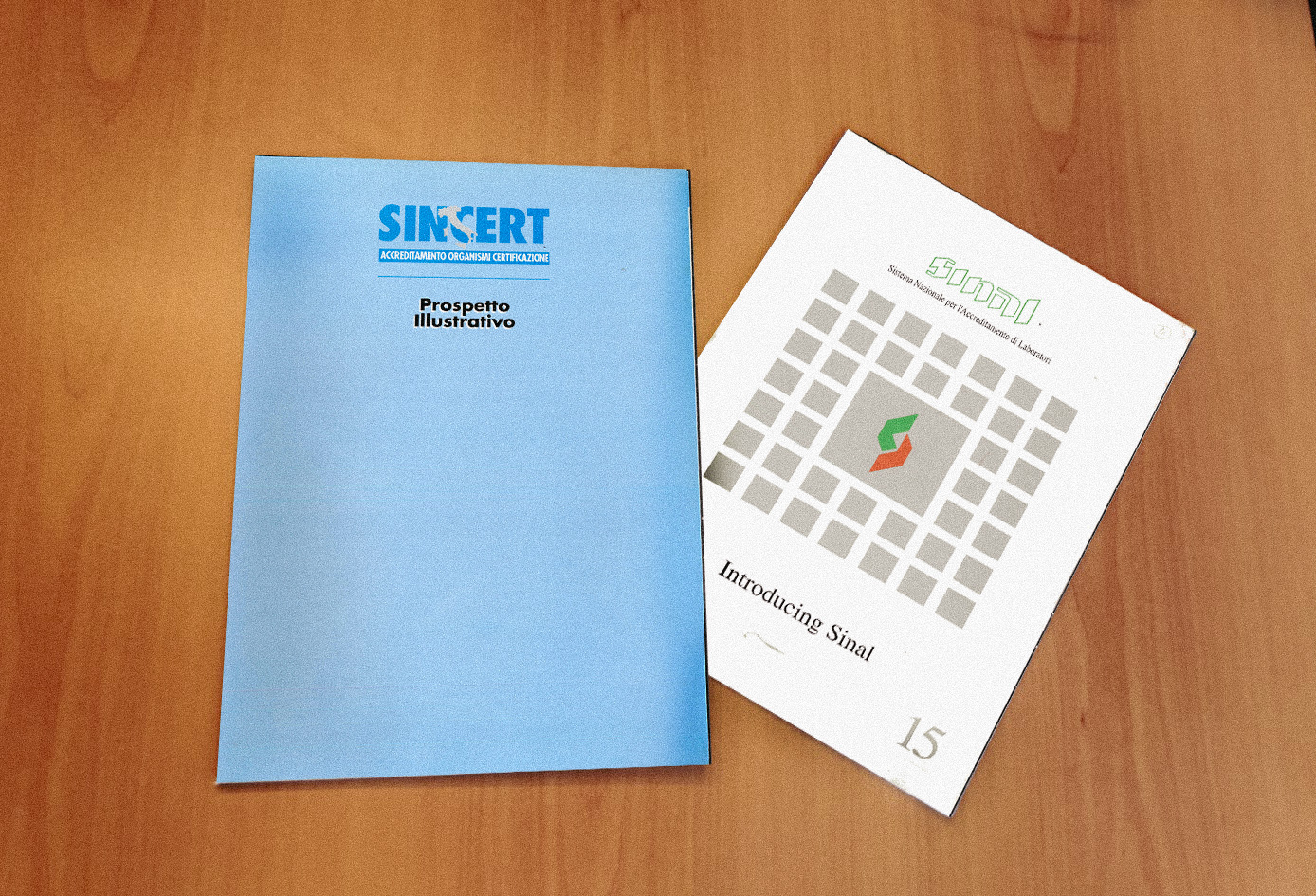
1988 The foundations for a Quality Infrastructure: SINAL and SINCERT
UNI and CEI, in a new partnership, set up SINAL, the National System for the Accreditation of Laboratories, and SINCERT, the National System for the Accreditation of Certification Bodies.

Law No. 46 of 5 March 1990 emphasises the importance of standards in the area of household installations safety, making reference to technical standards indispensable.
We turned our attention to the Internet by experimenting with the application of this powerful means of communication to our needs. The results have been so positive that we are counting on transferring all the work done by our committees to the Internet by 1998.
Giacomo Elias, UNI President, 1995
1995 The click that changes standardisation
UNI officially enters the web by launching the website www.unicei.it, later to become www.uni.com: the first of many digital initiatives with innovative tools, among the first standardisation bodies in the world to understand the importance of the Internet.
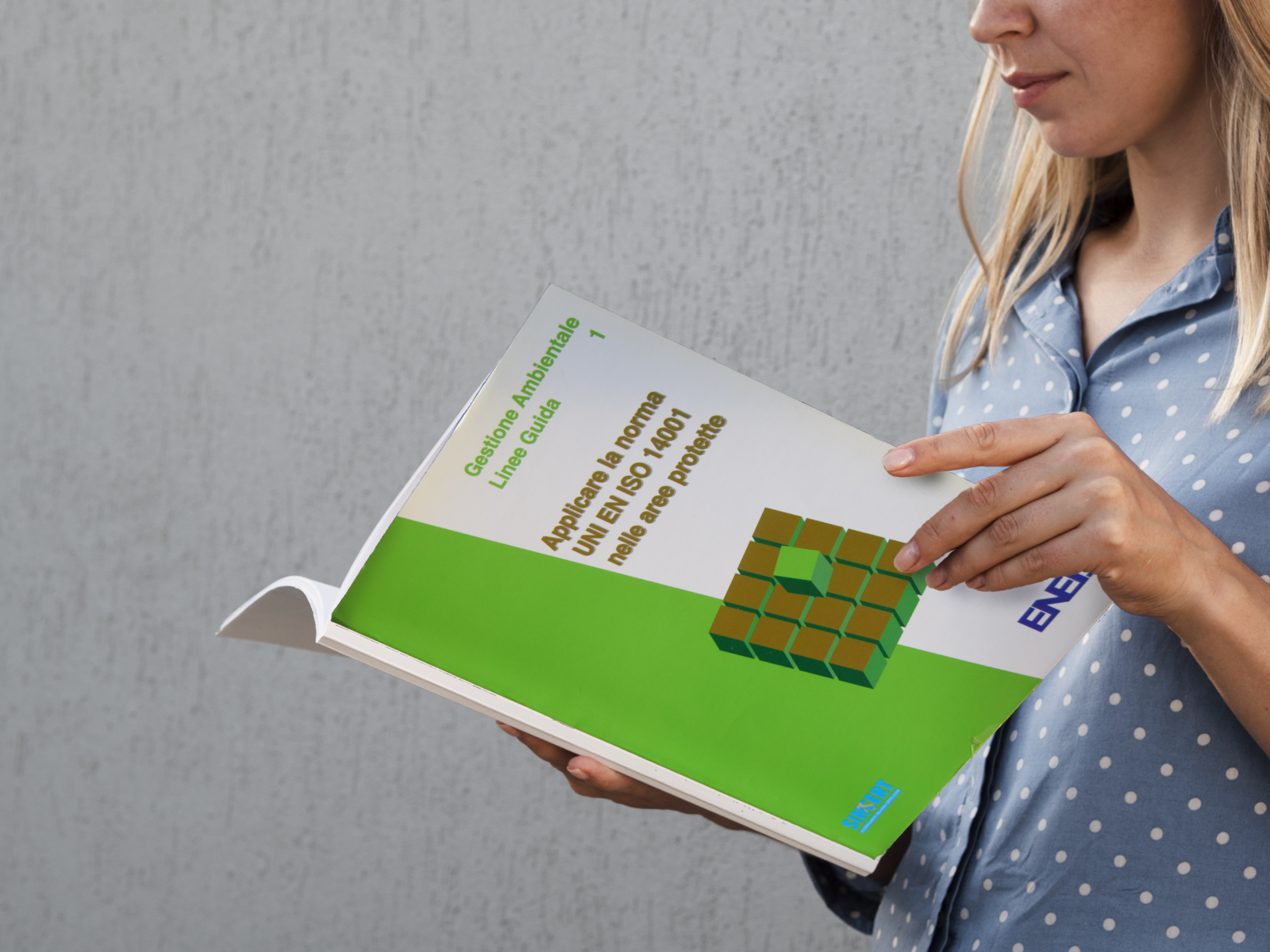
1996 The Green Revolution
Standardisation attention towards green policies grows: the UNI EN ISO 14001 standard is published, allowing companies to formulate a new management of environmental policy.

UNIONE, the system for the electronic management of technical bodies, the first document server in the world of standardisation, is born.
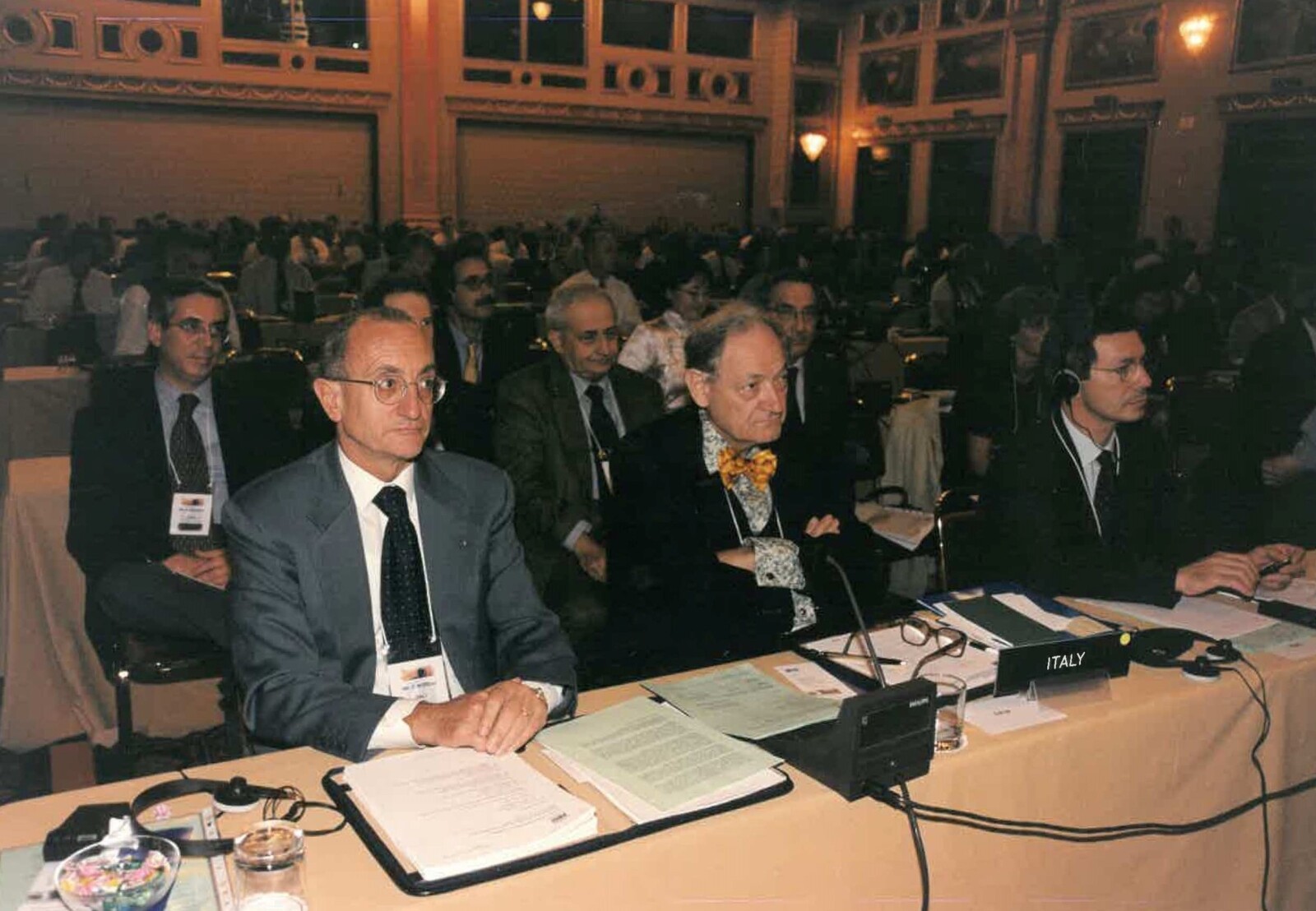
2000 New millennium, new goals
Giacomo Elias becomes President of ISO, after having been President of CEN. In the same year, the ISO General Assembly is held for the first and only time in Italy, in Milan.

2002 UNI standards on the Internet
The digitisation process continues with new innovative tools: the UNIStore e-commerce service and the online standards consultation.
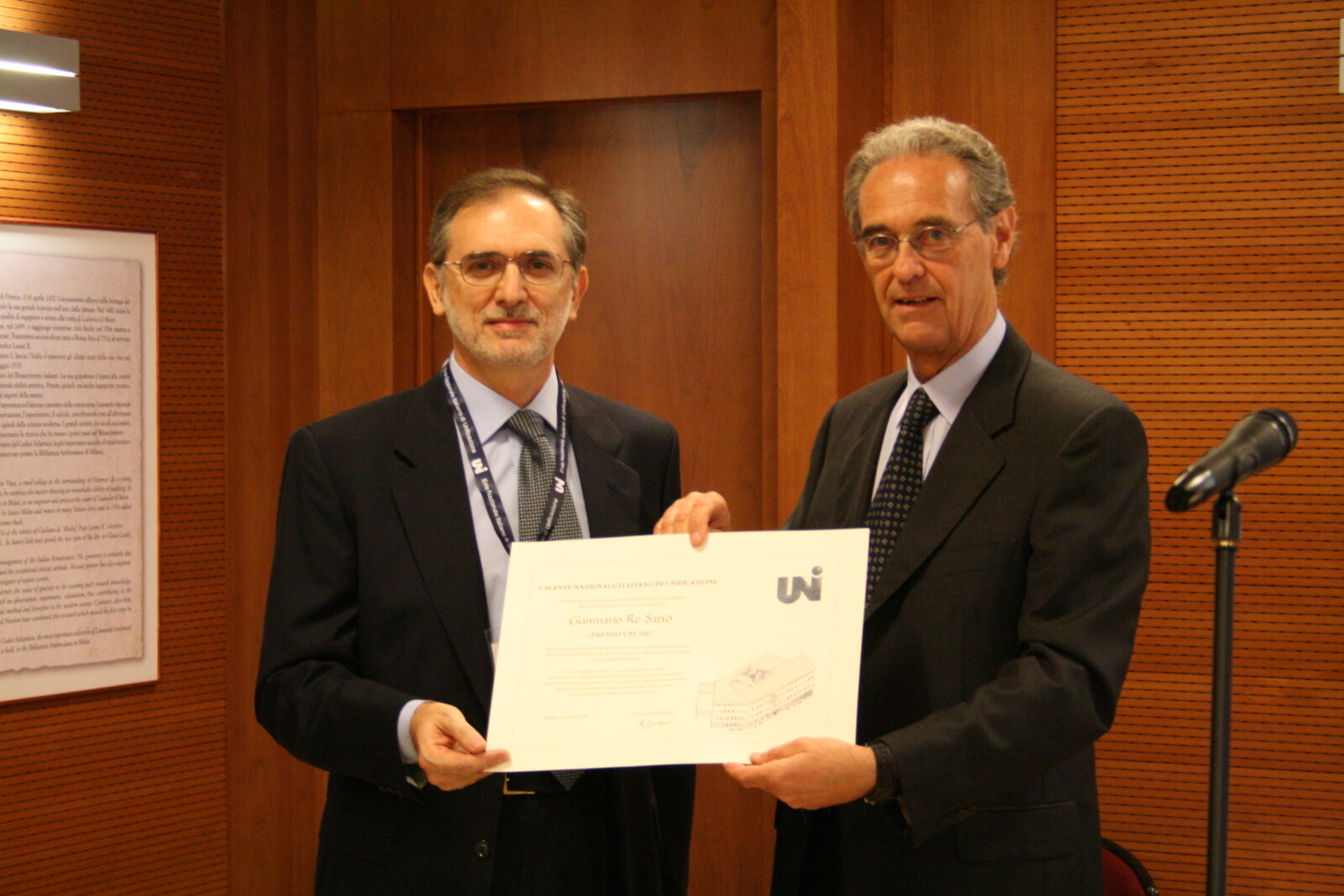
2007 Standardisation rewards you
The UNI Award is born, which from 2009 will be named ‘Premio Paolo Scolari’: an award that UNI assigns to personalities who have distinguished themselves in the development and consolidation of technical standardisation.
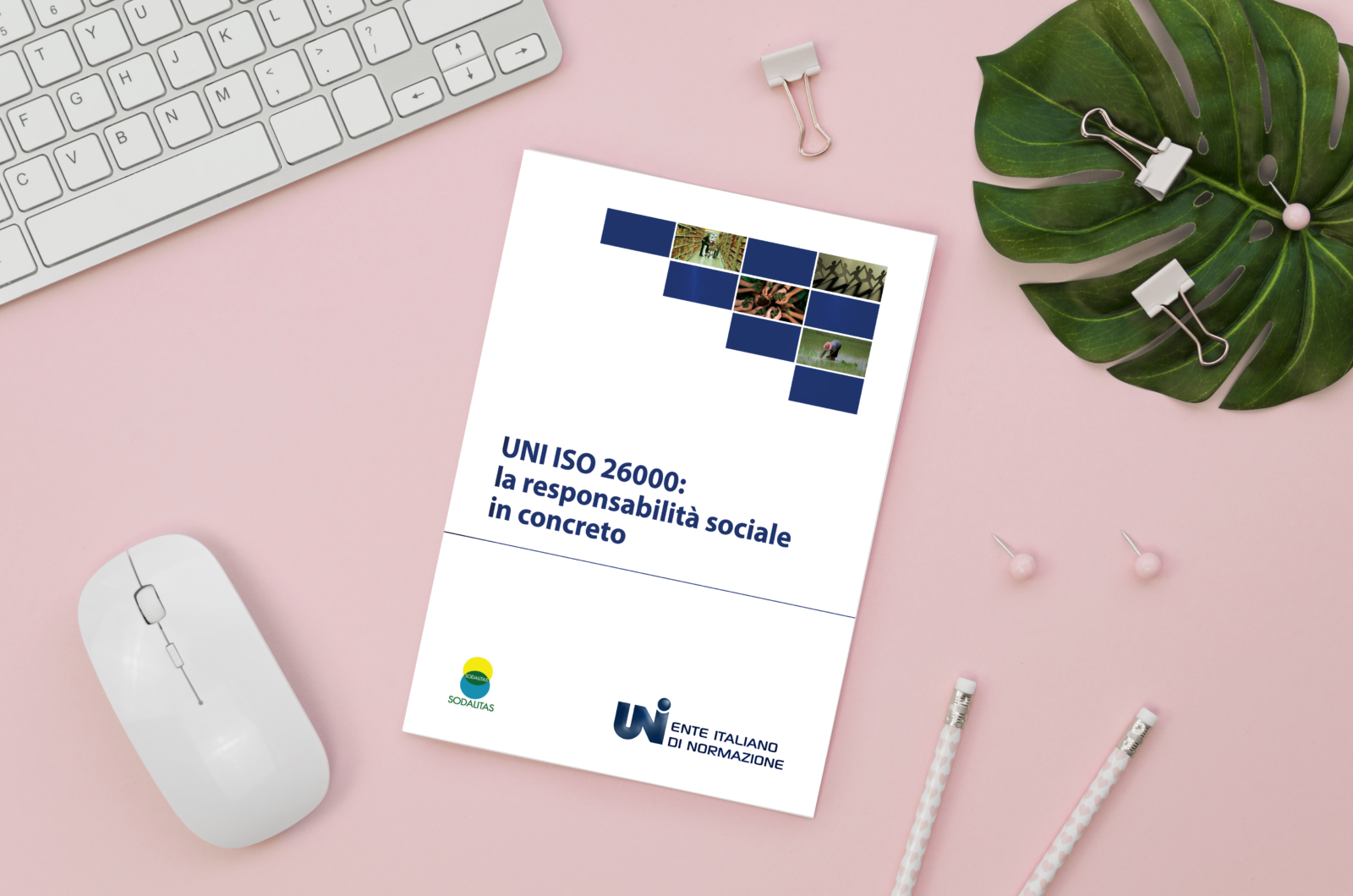
2010 Towards Social Responsibility:
ISO 26000 is published
The standard defining guidelines on Corporate Social Responsibility is published: ISO 26000 becomes the essential tool for sustainable development.
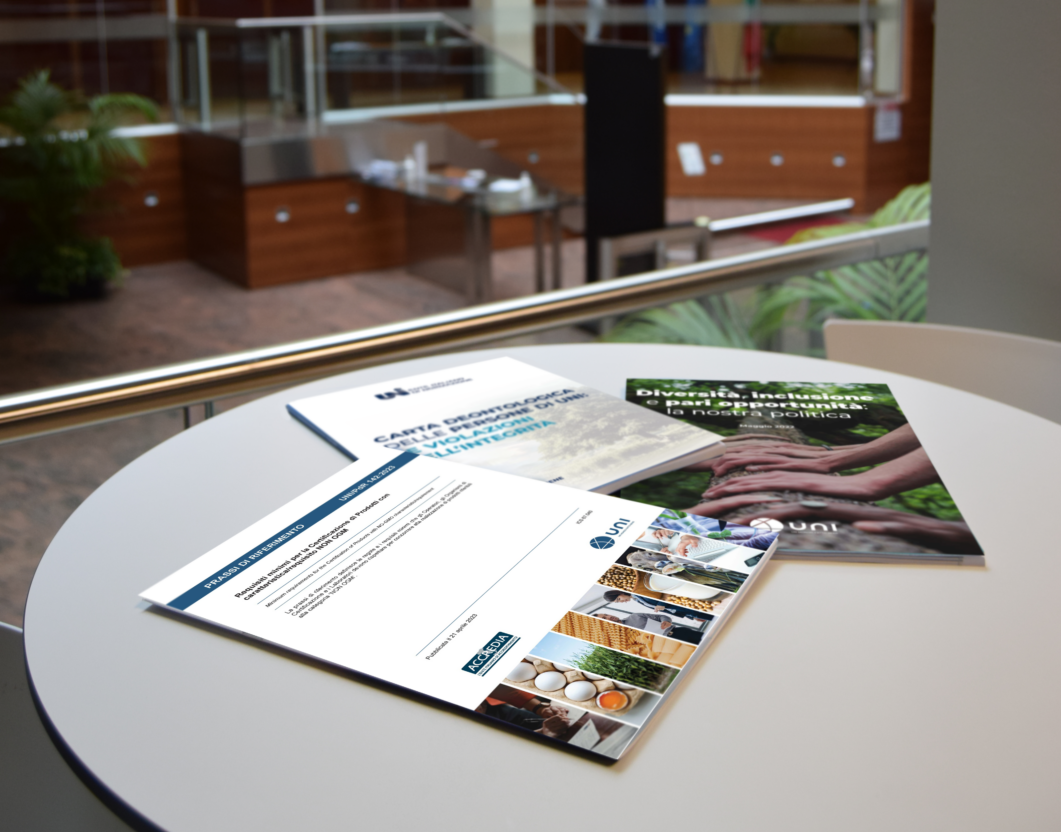
Alongside the technical standards, which codify the state of the art, reference practices, the new normative documents that represent innovation in services and technologies, are born
The EU assigns standardisation the task of increasing competitiveness for the balanced growth of the system, of disseminating and consolidating people's rights and of protecting the environment: this has led UNI to qualify its function as an instrument of the Community State.
Piero Torretta, President UNI, 2012
2012 The importance of standardisation
for Europe
With Regulation (EU) No 1025/2012 of the European Parliament, it is stated that “Standards play an important role in facilitating the market penetration of innovative goods and reducing production costs
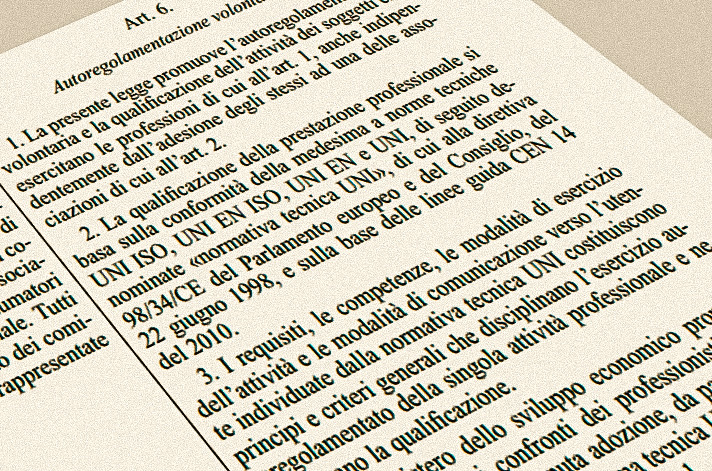
2013 Non-regulated professions
according to UNI standards
Art. 6 of Law 4/2013 on non-organised professions recognises that UNI standards define the principles and criteria governing the self-regulated exercise of professional activity.
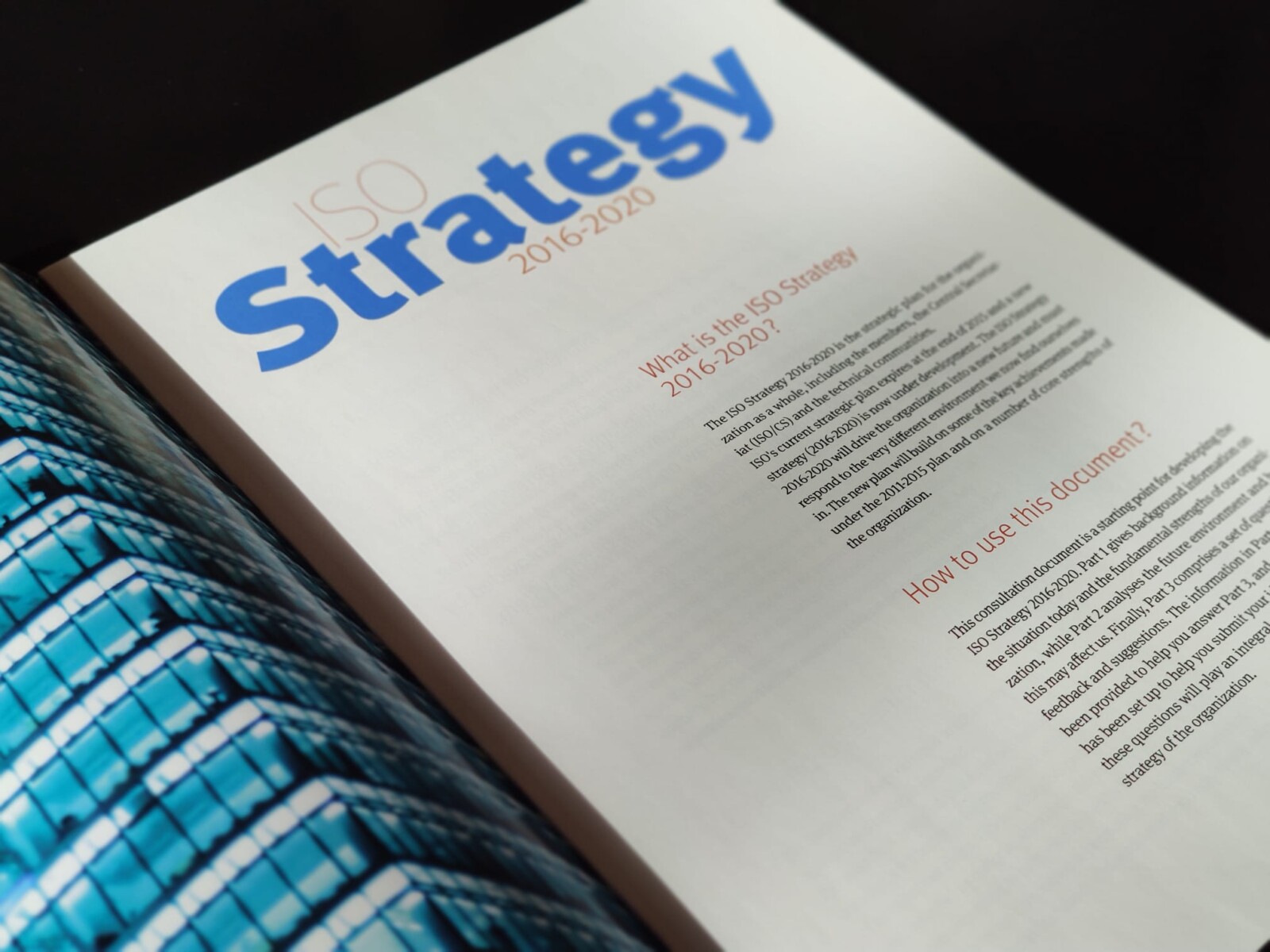
2017 The social responsibility commitment
The UNI Board of Directors builds its governance model on social responsibility according to UNI EN ISO 26000 and approves the stakeholder map

2019 Welcome to "A well made world"
The new UNI corporate claim ‘A well made world’ is born. Four simple words that sum up the philosophy of standardisation and its ability to improve our lives. To launch the claim, UNI produces its first institutional spot, which is broadcast on the web and social media, gaining more than 2,000,000 views.
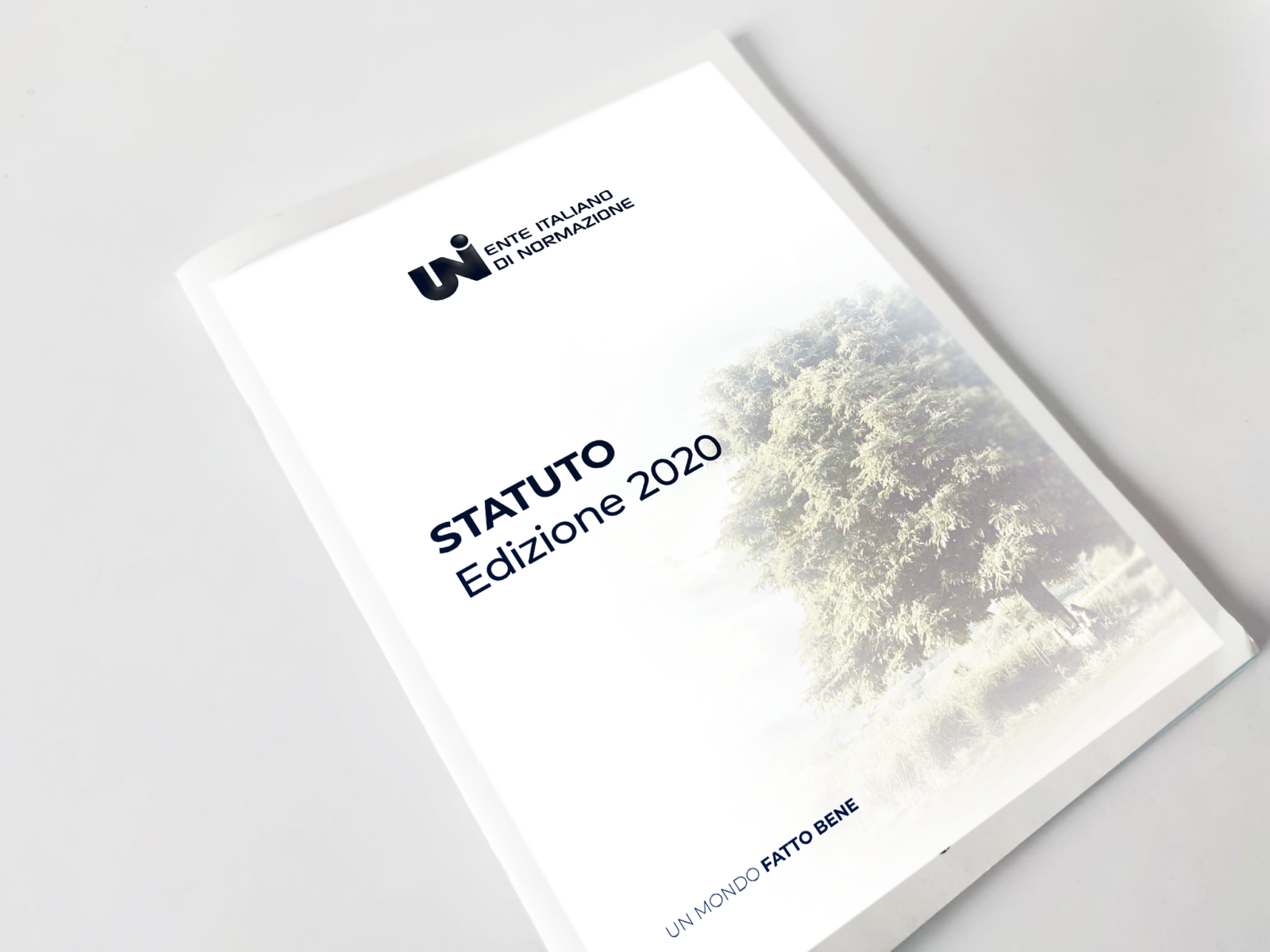
2020 Yes to a new Statute
30 years after the previous one, the new UNI Statute is approved by the members through a referendum. Abandoning the term Unification, UNI becomes Ente Italiano di Normazione, “a non-profit association based in Milan. The principles by which it is inspired are to affirm the dignity of the Person and protect fundamental Human Rights.”

2021 100 years and never felt better
On 26 January, UNI celebrates its 100th birthday. In a century, 48,000 standards have been drawn up that accompany our daily lives at home, at work, at school and in our free time. The centenary is celebrated at the Campidoglio in Rome, highlighting the importance of standardisation for the Country’s development. The new UNI logo is born.
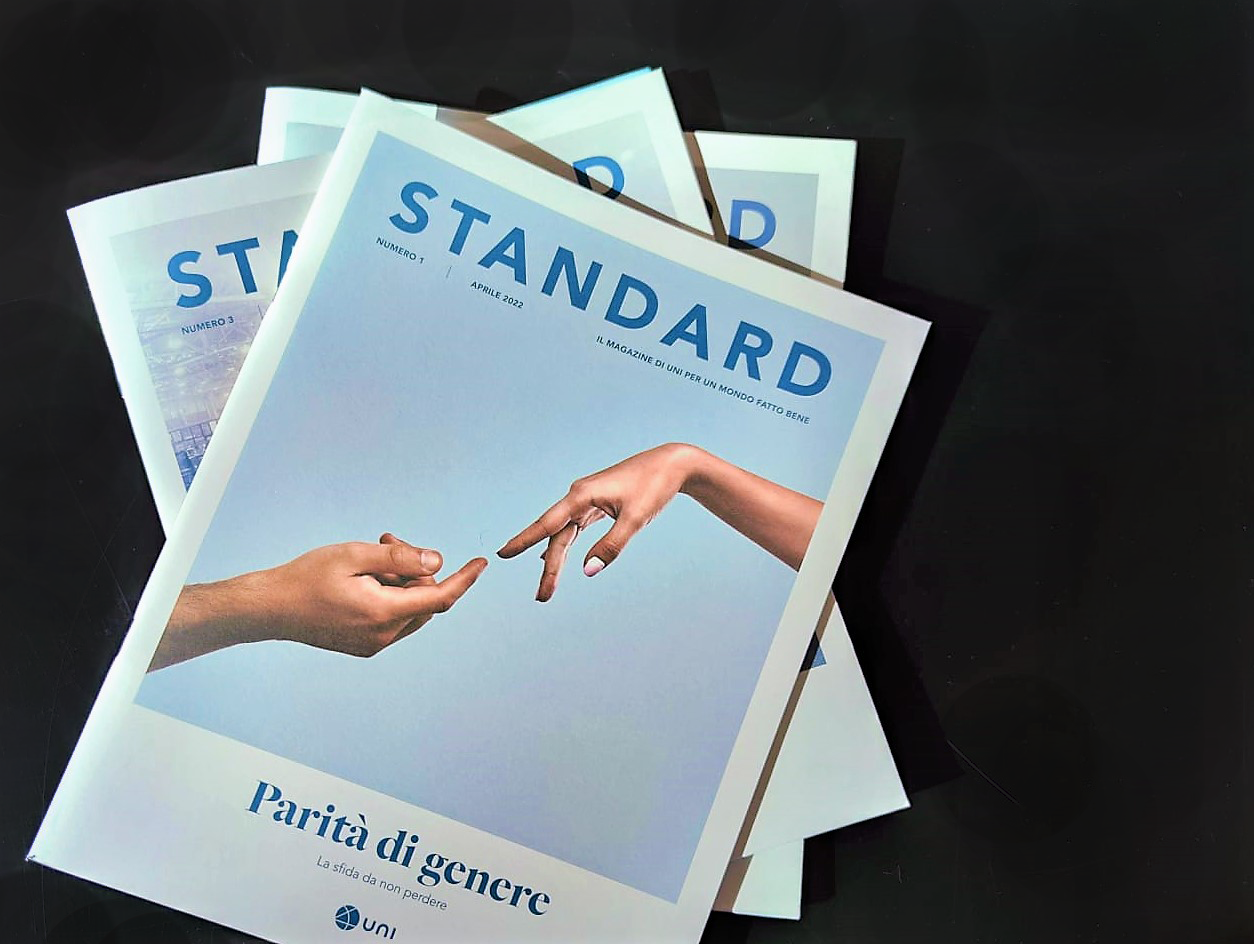
2022 The year of equality
Sustainability also passes through inclusion: the reference practice on gender equality is published, to which the first issue of STANDARD, UNI’s new magazine with major editorial collaborations, is dedicated.